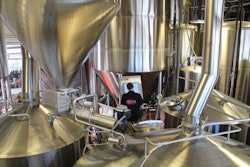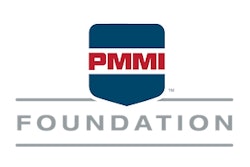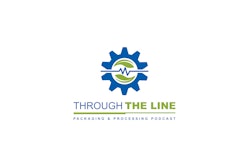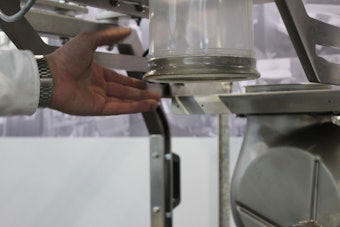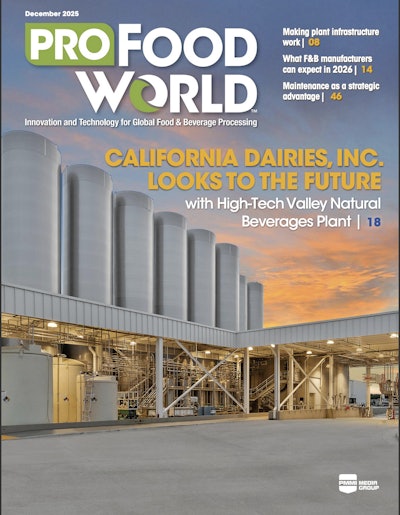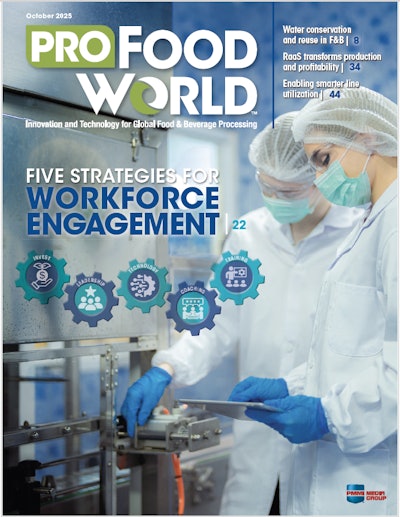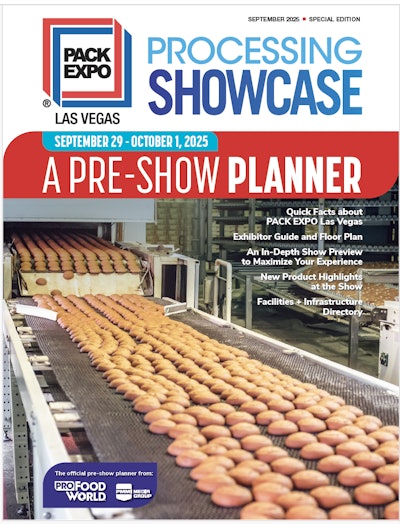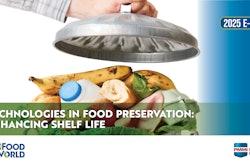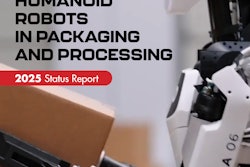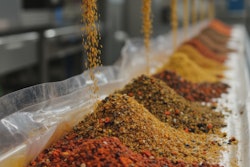Data historians efficiently compress large amounts of data for storage and fast retrieval, enabling applications and analytics to further use the data for system optimization, quality indication, product traceability and specifications. Historians can also store metadata that describe source sensors or measurements. The stored metadata could include measurement source, units, frequency and datatype.
Historians are integral to manufacturers using automation and control systems. They typically rely on historians to retrieve and record instrumentation and control data from their production processes. Though, if the historians are not set up correctly, these records might be inaccurate and can cause problems down the line.
In some cases, the expected limits or baselines are set from industry standards or expected norms, but actual data might not always trend to these standards. This variance can result in false-positive alerts, affecting production and quality metrics, while even influencing personnel’s approach to monitoring and reacting to alerts.
So, how does a manufacturer ensure the right data is being measured at the optimal frequency and within the correct limits? An audit of all tags being recorded by the historian during a set time range, while using statistics and visualizations, can provide initial insight into the quality of tag measurements. These four examples are just some of the ways a manufacturer can choose to audit a historian’s data:
• Measurement variations: How many distinct values is each tag recording? How many tags are recording thousands of different values vs. only a few different values? Are there any tags recording only a single value? Understanding and evaluating this information can help determine if historians are set up correctly and collecting useful data.
• Frequency of collection: How many values were recorded for each individual tag? For example, if one week’s worth of data was selected, are there any tags that recorded only 10 different values? You might find that a tag collected only one distinct value a few different times, indicating the tag might not be mapped or recording properly. Like measurement variations, this is another way to verify if a historian is set up correctly, as well as confirming the target does require a historian collecting from it.
• Consistency of collection: How much time is lapsing between when tag values are being collected and how often are these lapses occurring? A quick analysis of collection rates will help determine if values are being recorded at the level of consistency intended, shedding light on devices that are down or unresponsive for extended periods.
• Measurement statistics: Are these values in line with what is expected for each piece of equipment being monitored? Examine the minimum value, maximum value, average, median, and standard deviation for each tag. The standard deviation gives insight into how volatile a tag is in the values it’s recording. Further, examine tags for like equipment together to determine if any of the statistics reveal anomalies between tags.
These are just a few of the ways historian tag data can be audited. Taking a deep dive into the data being collected by historians can give manufacturers confidence in their data quality, appropriate limits, and valuable alerts. It also ensures that you took time, energy, and money to install the historians properly, so they can correctly collect the values you expect.
Jessica DeBoom is a business analyst at Interstates Control Systems, a certified member of the Control System Integrators Association (CSIA). For more information about Interstates Control Systems, visit its profile on the Industrial Automation Exchange.


